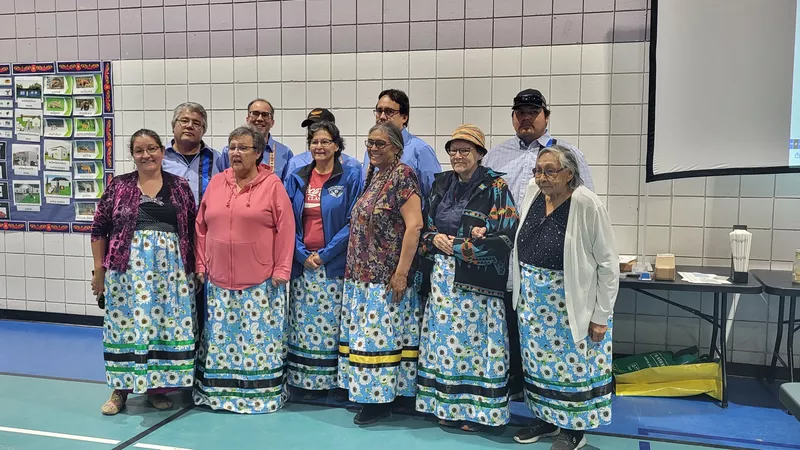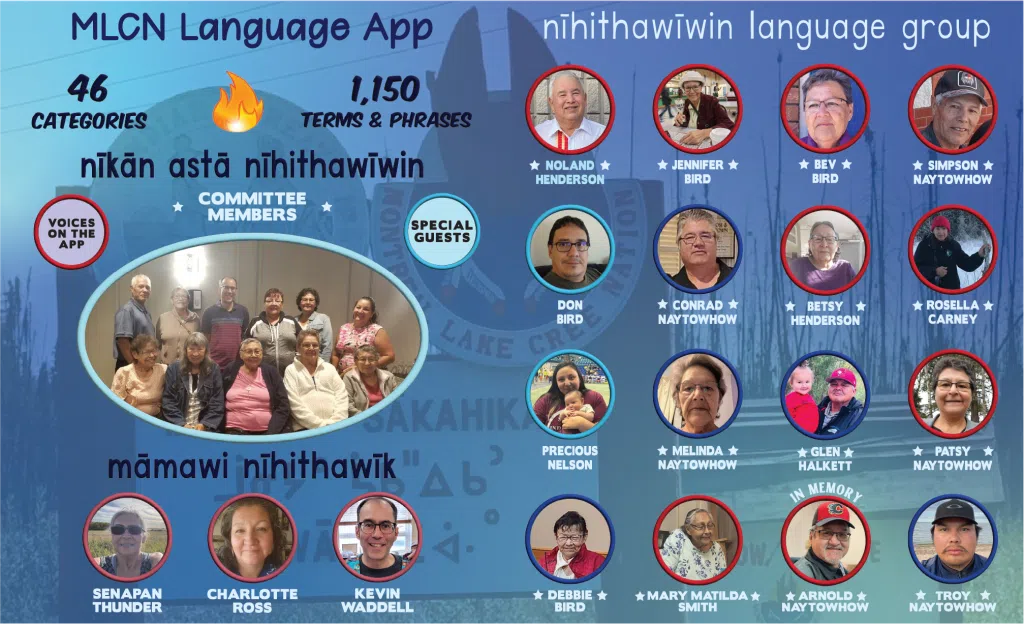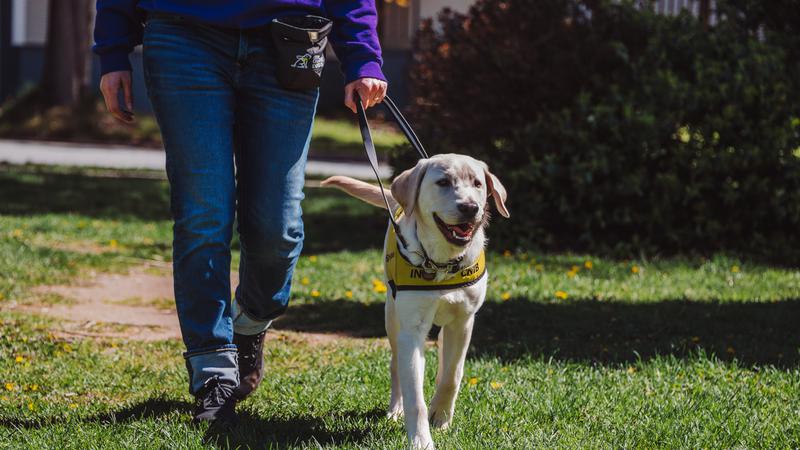
One community has found a ‘Cree’ative way to revitalize the language
The Montreal Lake Cree Nation hopes to breathe new life into their traditional language by making nîhithaw accessible anywhere and anytime through an app.
“We have a lot of language understanders, but we’re losing the number of speakers needed to keep the language alive,” said Charlotte Ross, project coordinators, PhD candidate in Indigenous language revitalization, and member of Montreal Lake Cree Nation.
On Friday, they launched the Cree language app – the first ever phone application created for Montreal Lake to assist in language reclamation and is available at www.lifespark.app.
“With this project, we wanted to develop something where our language could be documented, both words and audio,” said Ross.



